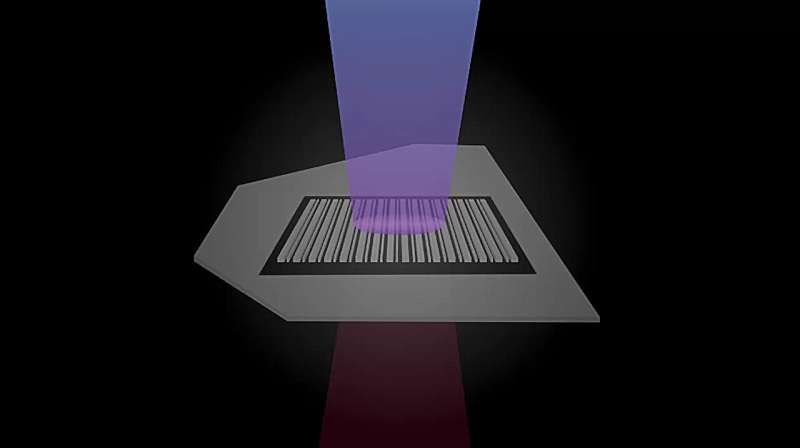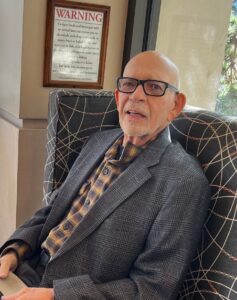
Researchers at Columbia University have made significant strides in quantum technology by developing a method that enhances nonlinear optical effects at the nanoscale. This advancement, reported in a paper published in Nature Photonics, introduces metasurfaces—artificial geometries etched into ultrathin crystals—allowing for the efficient generation of entangled photon pairs. This breakthrough is crucial for the development of scalable quantum technologies.
Led by Jim Schuck, a professor of mechanical engineering, the team successfully reduced the size of nonlinear platforms to just 160 nanometers, a remarkable feat considering traditional nonlinear crystals often occupy much larger footprints. The research team has focused on transition metal dichalcogenides (TMDs), such as molybdenum disulfide, which can be layered into atom-thin sheets. These materials are promising for future quantum processors, which rely on quantum bits, or qubits.
Revolutionizing Quantum Photonics
In January, the researchers developed a technique for generating entangled photons using a crystalline device that measured just 3.4 micrometers thick. This initial work set the stage for their recent findings. Chiara Trovatello, now an assistant professor at Politecnico di Milano, emphasized the importance of size in quantum technologies, stating, “To make quantum technologies scalable, we need to shrink the size of our qubit sources.” Current qubit sources have dimensions of several centimeters and require hundreds to function effectively, much like early classical computers that occupied entire rooms.
The team’s innovative approach involves a technique called periodic poling. This method optimizes the optical output of TMDs by layering them in alternating directions, which ensures that light waves traveling through the layers are phase-matched. Their latest work introduces a complementary platform that utilizes etched metasurfaces to significantly enhance the nonlinear optical response.
Innovative Techniques in Nanofabrication
The creation of metasurfaces involves strategically removing sections of atoms from the crystal structure, resulting in new periodic geometries that impart unique optical properties. Zhi Hao Peng, a Ph.D. student and the first author of the study, developed the nanofabrication technique necessary for this process. He reported that their design achieved a nearly 150-fold enhancement in second-harmonic generation compared to unmodified samples. This process involves merging two photons into one, effectively doubling the frequency of the light.
Trovatello noted that the simplicity of Peng’s method, which requires fewer and more cost-effective steps than previous techniques, paves the way for the fabrication of increasingly complex patterns using standard cleanroom etching technologies. Jim Schuck pointed out the historical challenges of working with nonlinear crystals, stating, “These materials can be brittle and have been notoriously difficult to shape and fabricate.”
Theoretical contributions from Andrea Alu and his former postdoctoral researcher, Michele Cortufo, assisted the team in identifying the appropriate metasurface pattern needed to optimize the nonlinear response of TMDs. Cortufo described the innovative approach: “Rather than working with flat flakes, we pattern them with a periodic arrangement of lines with alternating widths.”
The implications of this research extend beyond theoretical advancements. The introduction of metasurfaces into TMD structures represents a groundbreaking integration in the field of photonics. Alu remarked, “This work demonstrates how engineered nonlocalities in metasurfaces can unlock unprecedented nonlinear efficiencies when combined with 2D materials.”
This pioneering research may lead to the creation of some of the most compact sources of entangled photons, with capabilities that could easily integrate with existing telecommunications infrastructure. As Schuck noted, “With our footprint, we can really start to think about fully on-chip quantum photonics.” The promise of these advancements suggests a future where quantum technologies become more accessible and efficient, transforming various applications in computing and telecommunications.






